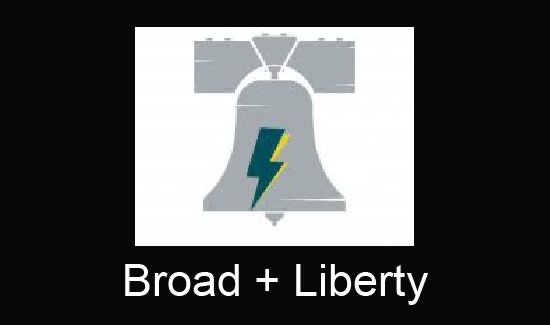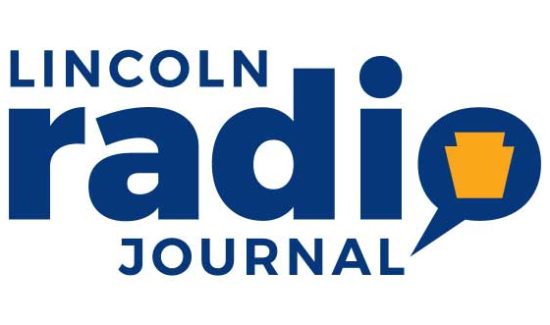State, Counties Lack Will to Restore Assessment Fairness

The General Assembly’s steadfast refusal to mandate that every Pennsylvania county conduct regular property reassessments for tax purposes is patently unconstitutional, reiterates a new analysis by the Allegheny Institute for Public Policy.
“The Pennsylvania Legislature has known of the property tax problem for a long time,” says Jake Haulk, president-emeritus of the Pittsburgh think tank.
But when presented with studies that say the state must require regular property reevaluations, it can’t even bring itself to hold hearings.
“It thus condemns property owners to fend for themselves at considerable expense to challenge wrongful assessments and rewards those who are perennially under assessed,” the Ph.D. economist reminds (in Policy Brief Vol. 22, No. 27).
“And that is in violation of their duty to uphold Article VIII, Section 1, of the Pennsylvania Constitution,” he says
States that constitutional provision:
“All taxes shall be uniform, upon the same class of subjects, within the authority levying the tax and shall be levied and collected under general laws.”
Additionally, Article VIII, Section 2(b), para (ii), grants the General Assembly the power to “establish as a class or classes of subjects of taxation the property or privileges of persons who, because of age, disability, infirmity or poverty are determined to be in need of tax exemption or of special tax provisions… .”
“The writers of the Constitution intended for tax levies to be fair and presumably that would mean a property tax would be based on the actual value of the property of each owner with exceptions as provided in the language cited above,” Haulk says.
How is it then that there can be so much disparity in treatment or uniformity in property tax levies? In short, because assessments for tax purposes of individual properties in most counties do not change as market values change.
That’s because complete revaluations of all properties are not done on a regular basis—as are required in most states. In some counties, evaluations have not been done in decades and those that have are generally a result of a court order.
“Compounding the problem of poor and inequitable assessment regimes [is] the very heavy reliance on property taxes to fund schools and local governments that exacerbates the inequities in assessed values,” the think tank scholar adds.
Allegheny County’s last countywide reassessment was in 2012. The values of properties established in that reassessment form the “base-year valuation,” which is then used to set the property’s taxable assessment value. That assessment continues unless there is major remodeling on the property or the assessment is successfully appealed.
Or, in many cases, if the property is sold at a price well above the base-year value and a taxing authority (school districts, in particular) appeals the assessment as being too low. This has been a successful tactic.
But if an owner believes their property value has fallen behind the rise in value in comparable properties elsewhere in the county or has, in fact, declined, he or she might file an appeal to have the assessment lowered.
Property owners who believe their assessment is too high can also challenge the base-year valuation or appeal the assessment on the basis of the market value of the property. The latter undoubtedly is the most used.
In a 2015 ruling, Allegheny County Common Pleas Judge R. Stanton Wettick ordered that the county Board of Property Assessment Appeals and Review to “apply the Common Level Ratio to its findings of fair market value where the appellant elects a current market value methodology.”
The common level ratio (CLR), to be used only in assessment appeals, is the arithmetic median of the individual sales ratios for every valid sale received from the county for the previous calendar year. The sales ratio is the assessed value divided by the sales price for each valid property sale.
But the CLR can exacerbate the inequities of the system. Note that when the CLR goes into effect, it is already dated; some of the sales used were completed up to 18 months before a new CLR is calculated.
As calculated by the State Tax Equalization Board, the CLR for Allegheny County is 63.6, effective July 1 of this year. That means half the properties with a ratio above 63.6 are paying more than their fair share and the half below paid less than their fair share. And the further the sales ratio for a property is from the CLR, either higher or lower, the greater the unfairness in tax liability.
“In short, even as the CLR can be used to remove severe inequities, it is not an ideal—or even nearly ideal—solution to achieving uniformity in taxation as required by the Pennsylvania Constitution,” Haulk stresses.
All this said, if the Legislature won’t require regular property valuation updates, counties could do it themselves.
“But it takes the will to do the right thing rather than the politically expedient thing,” Haulk concludes.
Colin McNickle is communications and marketing director at the Allegheny Institute for Public Policy ([email protected]).





